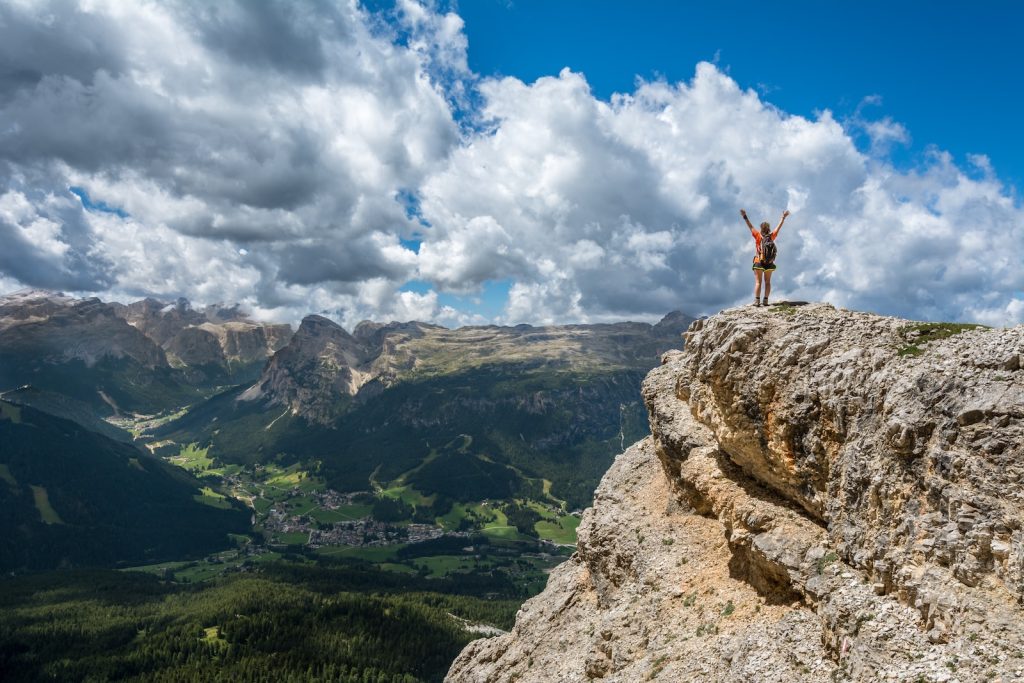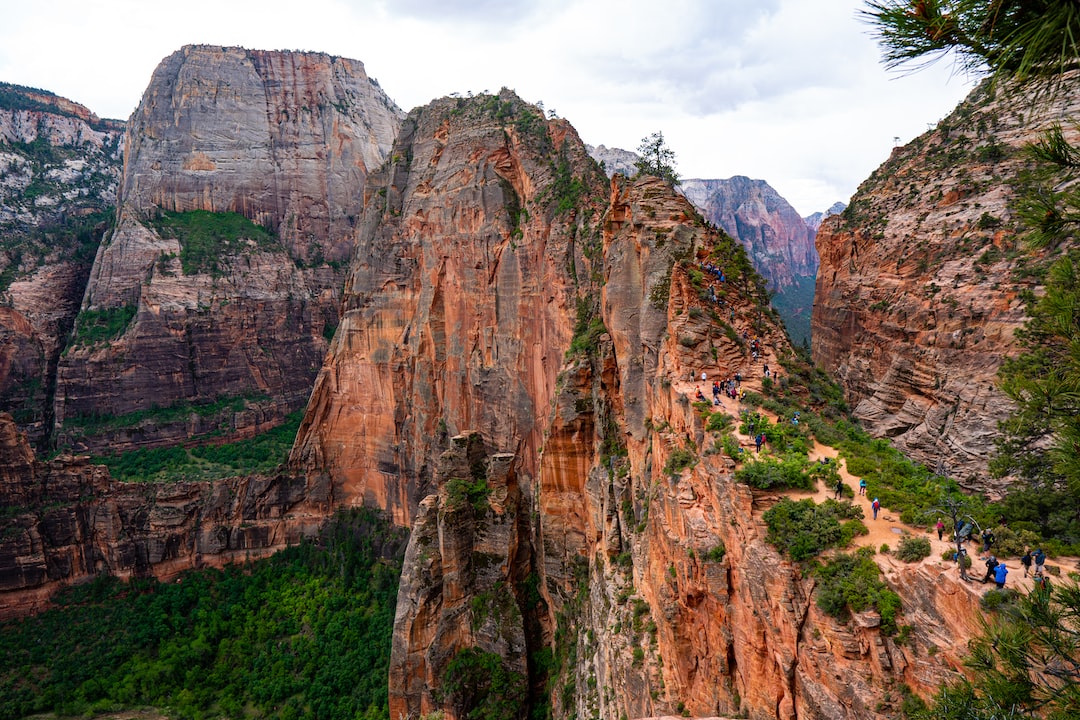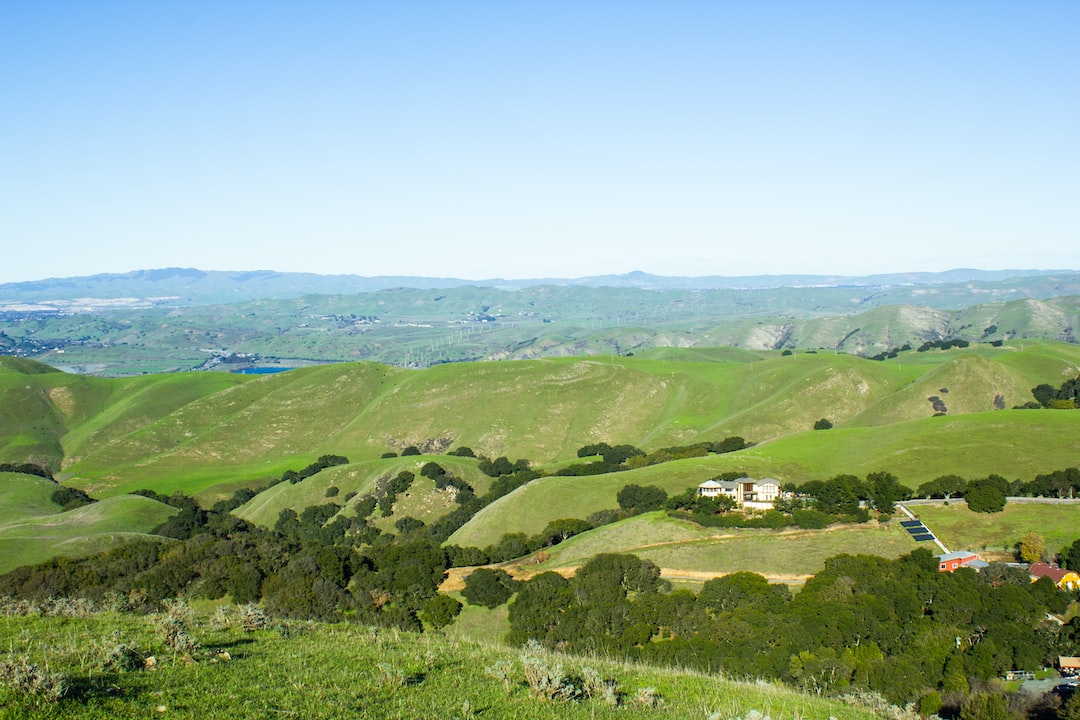As a popular form of exercise and a way to connect with nature, hiking offers countless benefits for your mind and body. However, many people wonder about its specific effects on weight loss and fat burning, particularly in the abdominal area. To understand the nuances of hiking’s role in belly fat reduction, we must examine the various aspects of this activity and how it can boost overall fitness.
Yes, hiking can burn belly fat as it is an effective cardiovascular exercise that engages multiple muscle groups, helping to increase calorie burn, improve metabolism, and reduce body fat. Moreover, its intensity can be easily adjusted with trail difficulty and elevation changes to fit one’s fitness level, making it a versatile option for fat burning.
How Does Hiking Affect Caloric Expenditure?
When considering any form of exercise concerning weight loss, it is crucial to understand the concept of caloric expenditure. Essentially, when you engage in physical activity, your body burns calories as fuel to perform the necessary functions. The number of calories burned varies based on your weight, the intensity of the exercise, and the duration of the activity.
Hiking, in particular, is an excellent way to expend calories due to the various terrains and elevation changes that often accompany this activity. Since hiking involves more muscle groups than activities like walking or running, it typically burns more calories per hour. While the exact number of calories burned during a hike depends on your weight, speed, and terrain, a ballpark estimate is between 500 and 600 calories per hour for a 160-pound person.
Does Hiking Target Abdominal Fat?
It’s essential to recognize that abdominal fat consists of subcutaneous fat (the visible layer under the skin) and visceral fat (the fat surrounding the internal organs). Visceral fat is the primary concern, as it poses a significant risk to your overall health. Fortunately, hiking can help reduce belly fat, albeit indirectly.
One of the key principles of weight loss is that you cannot target specific body areas for fat reduction, as fat loss occurs from all over the body and in a pattern largely based on your genetics. While hiking engages the core muscles, which can lead to improved muscle definition, it does not specifically target the fat in the abdominal region. Instead, hiking burns calories and contributes to overall fat loss, which gradually includes the belly.

How Can Hiking Improve My Overall Fitness?
In addition to burning calories and potentially reducing belly fat, hiking offers numerous other fitness benefits. Some of these include:
1. Increased cardiovascular fitness: Hiking challenges your heart and lungs, improving your aerobic capacity and helping reduce the risk of heart disease, hypertension, and type 2 diabetes.
2. Enhanced muscle strength and endurance: Walking over uneven terrain and climbing elevation engages various muscle groups, including the glutes, hamstrings, quadriceps, and calves. This can help increase overall muscle tone and strength.
3. Better balance and stability: Navigating rocky trails and uneven surfaces helps improve your balance and coordination, making you less prone to injuries.
4. Reduced stress and improved mental well-being: Hiking provides an opportunity to disconnect from daily stressors, immerse yourself in nature, and recharge your mental batteries.
How Can I Maximize Hiking’s Fat-Burning Potential?
To optimize the fat-burning benefits of hiking, consider the following strategies:
1. Intensify your hike: Trek on trails with varied elevation and terrain to challenge your muscles and increase caloric expenditure. You can also use trekking poles to involve your upper body, further boosting calorie burn and muscle engagement.
2. Utilize interval training: Incorporate high-intensity periods into your hike by alternating between brisk walking on flat surfaces and climbing steep inclines or even jogging when appropriate. This can increase your metabolism and promote greater calorie and fat burn during, and even after, your hike.
3. Extend the duration: Plan longer hikes to maintain a consistent calorie burn. But remember to build up the duration gradually to prevent overuse injuries and to give your body time to adapt.
4. Combine hiking with other exercises: While hiking is a fantastic workout, incorporating other forms of exercise, such as strength training or Yoga, can help you build a balanced fitness routine that supports overall fat loss, including belly fat reduction.
What’s the Impact of Proper Nutrition?
Diet plays a critical role in your efforts to lose belly fat and achieve your fitness goals. Even with regular hikes, neglecting a balanced and nutritious diet can hinder your progress. To maximize the benefits of hiking for weight loss, consider the following nutrition tips:
1. Monitor your caloric intake: Keep track of the calories you consume to maintain a slight caloric deficit, allowing your body to tap into its fat stores for energy.
2. Consume balanced meals: Include a mix of protein, complex carbohydrates, and healthy fats in your diet to fuel your body effectively for your hikes and other physical activities.
3. Stay hydrated: Dehydration can lead to fatigue, diminished performance, and increased hunger. Consequently, make sure you drink an adequate amount of water before, during, and after your hike.
4. Refuel after hiking: Consuming a healthy, balanced meal or snack post-hike can help replenish your energy reserves and provide essential nutrients for muscle recovery.

Boosting Fat Loss Through Metabolism Enhancements
Another pathway through which hiking influences fat loss, including belly fat, is its impact on metabolism. Engaging in regular cardiovascular activities like hiking can enhance your body’s ability to burn calories more effectively, even when you’re at rest. This process, known as increasing your basal metabolic rate (BMR), is essential for losing weight and sculpting a leaner physique.
Here are some key ways hiking can help improve your metabolism:
1. Afterburn effect: Also known as excess post-exercise oxygen consumption (EPOC), the afterburn effect is the increased calorie burning that occurs after a workout. Hiking, especially when done at higher intensities, can result in a higher EPOC, leading to ongoing fat loss after the hike itself.
2. Lean muscle development: As you engage various muscle groups while hiking, you gradually build muscle tone, helping you increase your BMR. With a higher BMR, your body burns more calories throughout the day, promoting fat reduction across the body, including the abdominal area.

Creating a Sustainable Hiking Routine for Maximum Results
One of the most significant advantages of hiking as a fat-burning exercise is that it is sustainable and enjoyable, increasing the likelihood of sticking to a consistent routine. Developing a regular hiking schedule further enhances the fitness benefits and promotes steady weight loss, including belly fat reduction. Consider these tips for creating an effective, sustainable hiking routine:
1. Set achievable goals: Start with a manageable frequency and gradually increase the duration and difficulty of your hikes as your fitness level improves. Setting realistic goals helps keep you motivated and reduces the risk of injury or burnout.
2. Choose enjoyable trails: Opt for hikes that appeal to your sense of adventure, whether it’s exploring new areas, spotting wildlife, or enjoying stunning panoramas. By making hiking an engaging and enjoyable experience, you’re more inclined to maintain a consistent routine.
3. Invite friends or family: Hiking with others can make the experience more enjoyable, increase accountability, and create a support network to help you stay committed to your fitness goals.
4. Track your progress: Keeping a log of your hikes, including distance, terrain, and duration, can help you monitor your progress and celebrate your achievements. Tracking your successes may also provide motivation to keep pushing forward.
Role of Recovery and Rest in Hiking for Fat Loss
While it’s essential to establish a consistent hiking routine, it’s equally important not to overlook the value of rest and recovery for sustainable fat loss. Overexertion can lead to increased cortisol levels, which can inhibit weight loss and increase fat storage in the body, especially around the belly.
Incorporate the following tips to ensure an adequate balance between hiking and recovery:
1. Listen to your body: Pay close attention to how you’re feeling, both physically and mentally. Avoid pushing yourself too hard on days when you’re tired or sore, and prioritize rest to prevent overtraining and burnout.
2. Stretch and incorporate flexibility exercises: Stretching your muscles after a hike helps reduce soreness and aids in recovery. Incorporate Yoga or other flexibility-focused exercises into your weekly routine to maintain and improve mobility, prevent injuries, and support your body’s recovery process.
3. Invest in quality sleep: Aiming for 7-9 hours of quality sleep each night allows your body to recover from hikes and keeps cortisol levels in check, ultimately supporting your fat loss and fitness goals.
Conclusion
While point-specific belly fat burning isn’t feasible, hiking does provide an avenue for overall weight loss, indirectly impacting abdominal fat. The combination of increased caloric burn, metabolism enhancements, and a sustainable routine promotes consistent results in your fitness journey. Prioritizing proper nutrition, rest, and a balanced approach to your hiking routine will maximize the fat-burning potential and culminate in a leaner, healthier you.





